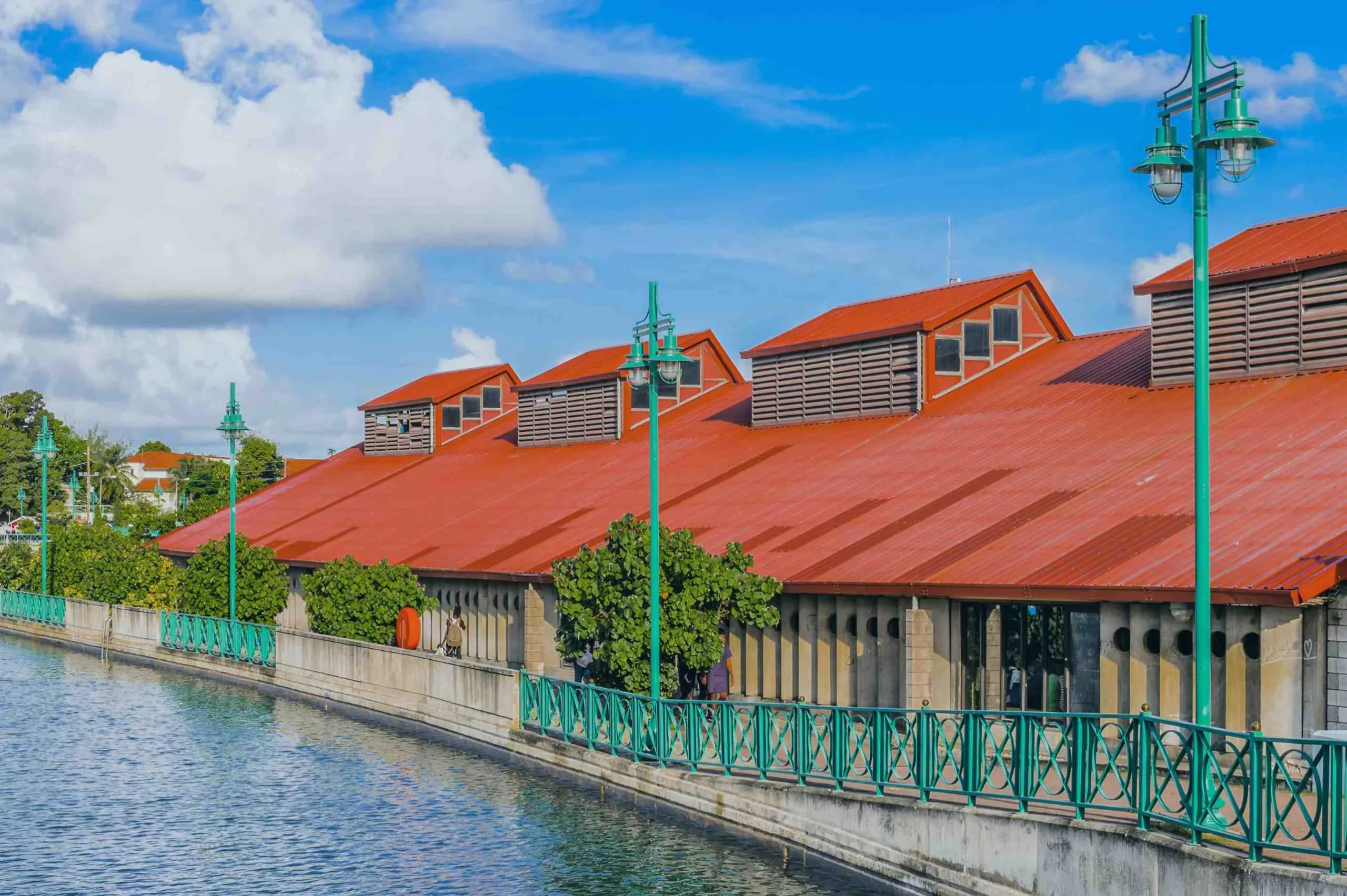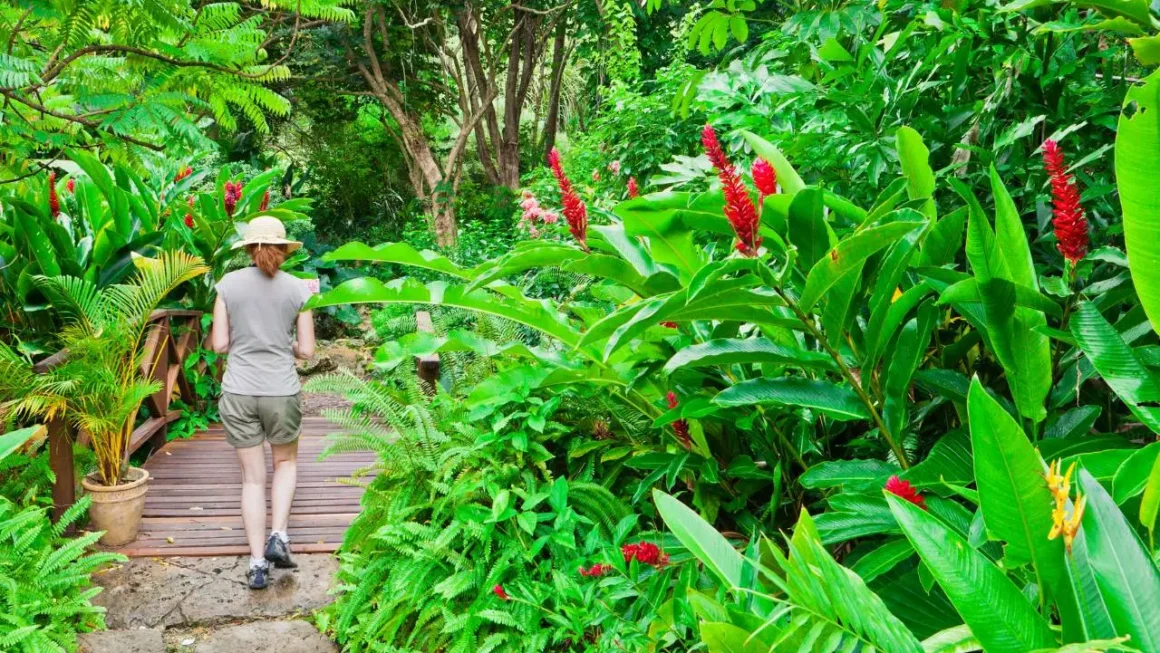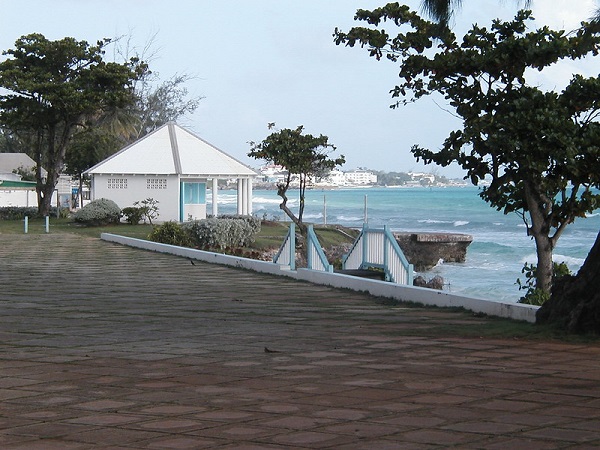Barbados, an island paradise in the Caribbean, is not only renowned for its stunning beaches and crystal-clear waters but also for its rich history and cultural heritage. From its colonial past to its vibrant present, Barbados offers a wealth of historical sites that tell the story of the island’s journey through time. Here’s a guide to some of the must-see historical sites in Barbados, from the bustling capital of Bridgetown to the serene St. Nicholas Abbey.
Bridgetown and Its Garrison
1. Historic Bridgetown
Bridgetown, the capital of Barbados, is a UNESCO World Heritage Site that offers a fascinating blend of colonial architecture and modern Caribbean charm. Walking through Bridgetown feels like stepping back in time, with its historic buildings, narrow streets, and significant landmarks.
What to See:
– Parliament Buildings: These iconic Gothic-style buildings, constructed in the 19th century, are a testament to the island’s colonial history. You can take a guided tour to learn about the political history of Barbados and view the stunning stained glass windows depicting British monarchs.
– National Heroes Square: Formerly known as Trafalgar Square, this central square is home to statues of important figures in Barbadian history, including Lord Nelson and the national hero Sir Garfield Sobers.
– St. Michael’s Cathedral: This beautiful Anglican cathedral, built in 1789, is an architectural gem. Its serene interior and impressive stained glass windows make it a must-visit for history enthusiasts.
2. The Garrison Savannah
Adjacent to Bridgetown lies the Garrison Savannah, an area rich in military history. Once a British military base, the Garrison is now a historical site featuring numerous colonial-era buildings and landmarks.
What to See:
– The Main Guard House: This 18th-century building now houses the Barbados Museum and Historical Society. The museum offers a comprehensive look at the island’s history, from its earliest inhabitants to its colonial past and beyond.
– George Washington House: The only house outside the United States where George Washington stayed, this historic site offers insight into the young Washington’s stay in Barbados in 1751. The house has been restored to reflect its 18th-century appearance and includes exhibits about Washington’s visit.
– The Garrison Tunnels: Recently rediscovered, these underground tunnels were used for military purposes during the colonial era. Guided tours are available, offering a unique glimpse into the island’s military history.
The Heart of Barbados: Central Historical Sites
3. Sunbury Plantation House
Sunbury Plantation House, located in the parish of St. Philip, is one of the most well-preserved plantation houses in Barbados. Built in the 1660s, it offers a fascinating look into the island’s colonial and agricultural history.
What to See:
– Antique Furnishings: The house is filled with antique furniture, period pieces, and memorabilia that provide a glimpse into plantation life in the 18th and 19th centuries.
– The Cellars: The cellars of Sunbury Plantation House are home to a collection of old carriages and agricultural implements, showcasing the tools and vehicles used during the plantation era.
– Beautiful Gardens: The grounds of Sunbury Plantation House are beautifully landscaped, making it a lovely spot for a leisurely stroll.
4. Morgan Lewis Windmill
Located in the northern parish of St. Andrew, Morgan Lewis Windmill is one of the only two working sugar windmills in the world. This historic site offers visitors a unique insight into Barbados’s sugar production history.
What to See:
– Windmill Mechanism: Learn about the windmill’s operation and the role it played in grinding sugar cane in the 18th and 19th centuries.
– Panoramic Views: The windmill is situated on a hill, providing stunning views of the surrounding countryside and the Atlantic Ocean.
The Tranquil North: St. Nicholas Abbey
5. St. Nicholas Abbey
St. Nicholas Abbey, located in the parish of St. Peter, is one of Barbados’s most iconic historical sites. This 17th-century Jacobean mansion is one of only three such buildings remaining in the Western Hemisphere.
What to See:
– The Great House: Explore the beautifully preserved mansion, which is filled with period furniture, artifacts, and a wealth of historical information about the family who lived there.
– The Distillery: St. Nicholas Abbey is also a working rum distillery. Take a tour to learn about the rum-making process and enjoy a tasting of the estate’s award-winning rum.
– The Gardens: The estate’s gardens are a highlight, offering a peaceful setting with lush tropical plants and stunning views of the surrounding landscape.
– Museum and Film: Visit the onsite museum and watch an original 1930s film that captures life on the plantation, providing a unique historical perspective.
6. Arlington House Museum
Located in the charming northern town of Speightstown, Arlington House Museum is a restored 18th-century building that offers interactive exhibits on Barbadian history and culture.
What to See:
– Interactive Displays: The museum features interactive displays that cover various aspects of Barbadian life, from the sugar industry to the island’s maritime history.
– Engaging Exhibits: Learn about the lives of the people who lived in Speightstown and their contributions to Barbadian society.
The Scenic East: Codrington College
7. Codrington College
Codrington College, located in the parish of St. John, is the oldest theological college in the Western Hemisphere. Founded in 1745, the college’s stunning Georgian architecture and tranquil setting make it a must-visit.
What to See:
– Historic Buildings: The college’s main buildings are architectural gems, showcasing Georgian design and offering a serene atmosphere.
– Beautiful Grounds: The college is set on extensive grounds with beautiful gardens, lily ponds, and scenic views of the Atlantic Ocean.
Barbados is a treasure trove of historical sites that offer a rich and immersive journey through the island’s past. From the bustling streets of Bridgetown to the serene beauty of St. Nicholas Abbey, each site provides a unique glimpse into the history and culture of Barbados. By exploring these must-see historical sites, visitors can gain a deeper appreciation for the island’s heritage and the stories that have shaped its identity. Whether you’re a history buff or simply looking to enrich your travel experience, Barbados’s historical landmarks are sure to leave a lasting impression.




